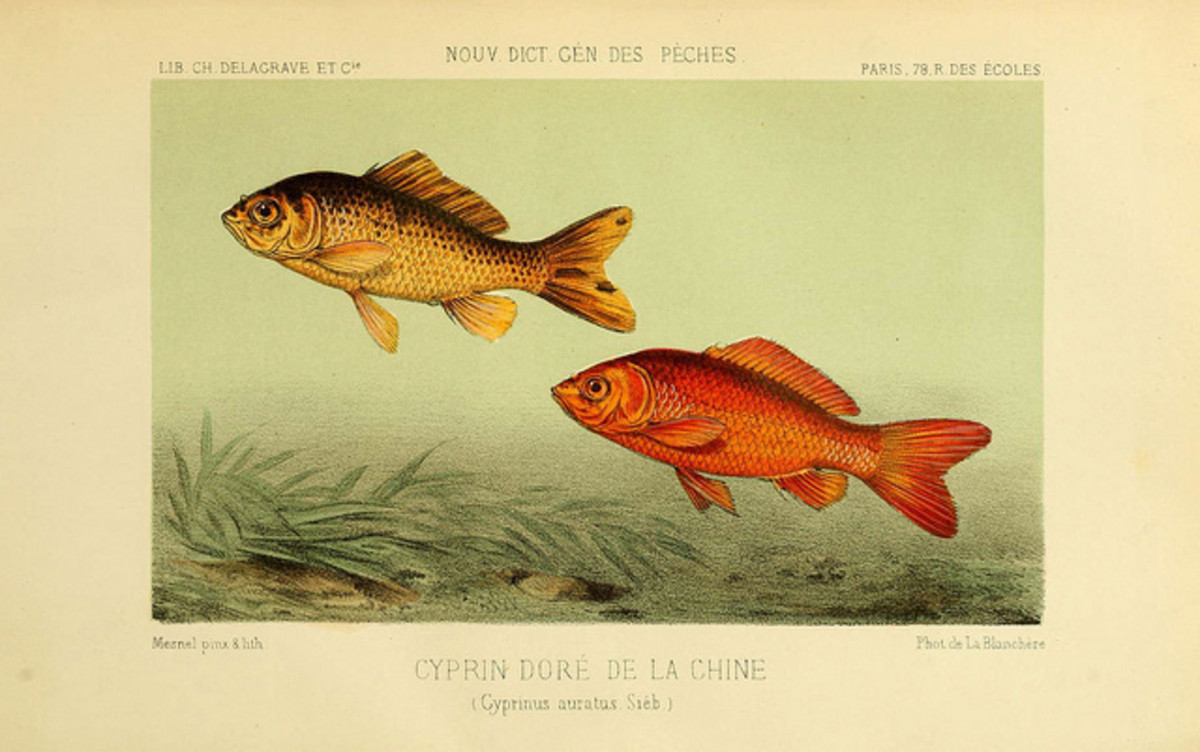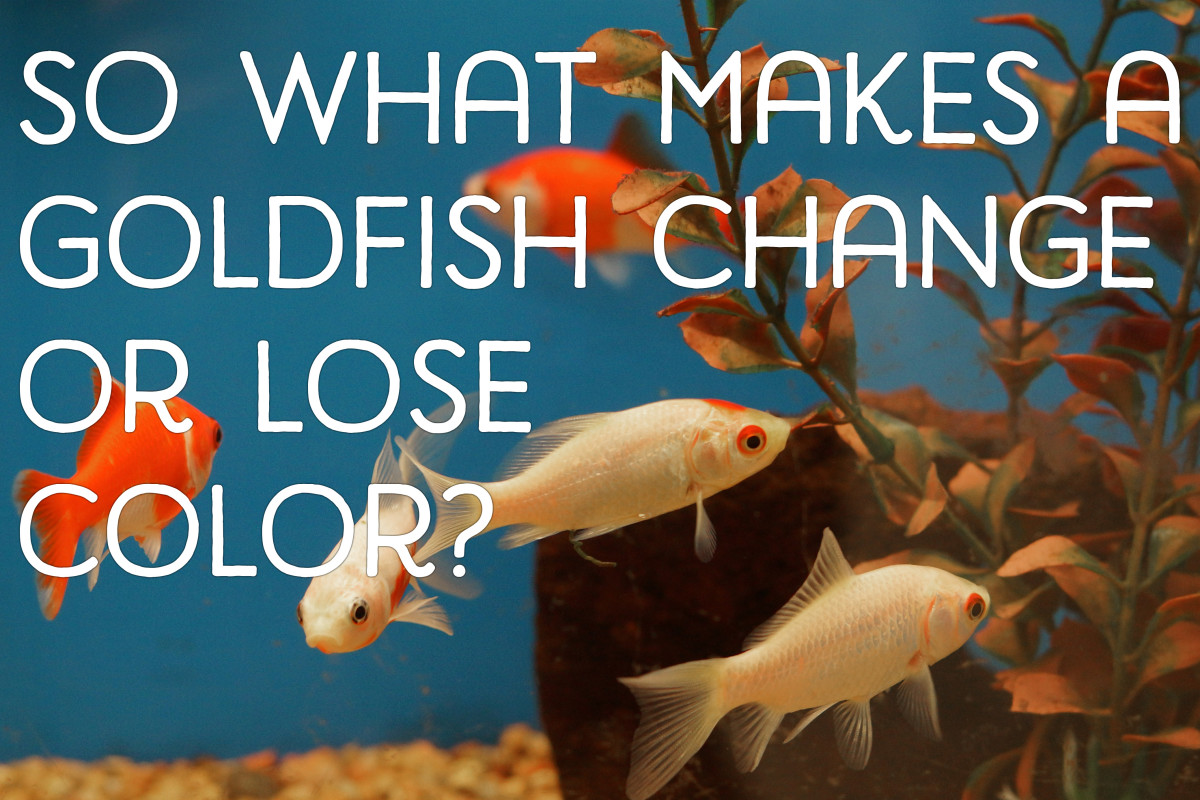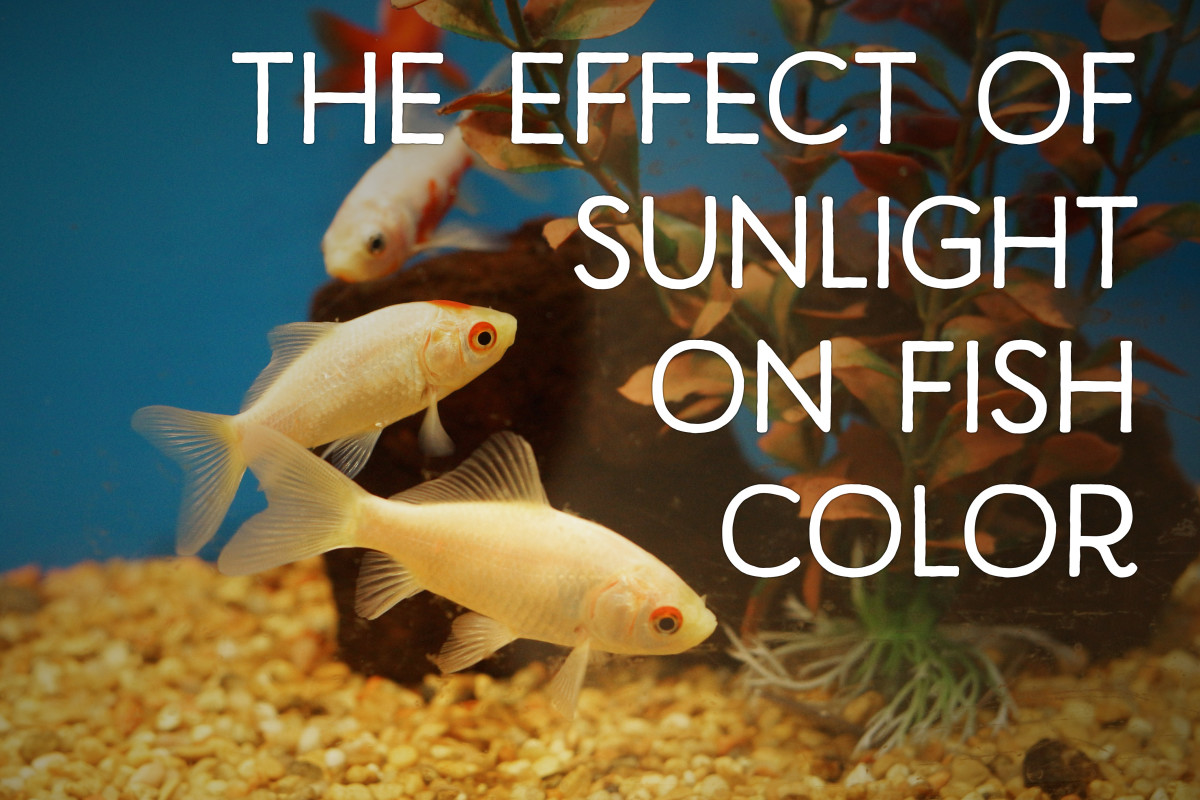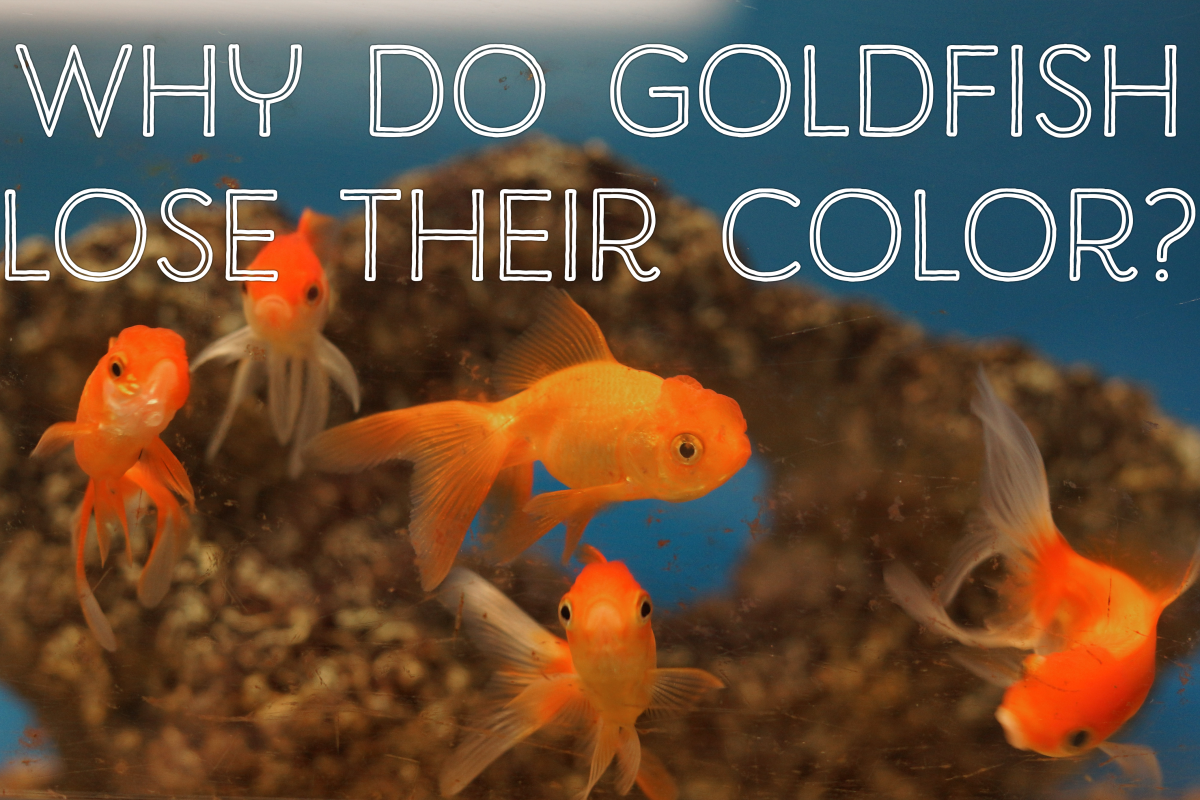Why do goldfish change color? Keep reading for more interesting information about answer of this awesome question.
Goldfish are a common household pet. Although less popular than dogs or cats, fish come in a close third because they are relatively easy to care for and don't require a lot of attention, space, exercise, or training.
Because they don't leave their aquarium, they don't create a mass of housework, and they are also allergy-friendly for people who can't have a hairy pet.
However, something unusual can happen to goldfish. Over time, you may notice a change of colour. The most common change in color is from gold to white, although other changes can occurs as well. Read on to learn what may be causing the change. This may be one of the most random facts about goldfish we've been aware of.
Goldfish were one of the first domesticated fish. However, they did not always have the bright orange and red scales that we are familiar with today.

Orange goldfish (Carassius auratus) were in fact bred for the color. Originally, they were an olive green like the fish shown on the left. | Source
Goldfish, like koi, are a type of carp. And just like wild carp, wild goldfish are usually olive green. Red, black, orange, white, yellow and brown goldfish have all been created through selective breeding.
Because of the selective breeding process as well as environmental factors, it's not uncommon for a goldfish to change colour. The change can be to a similar color, a different shade, or even a pattern.

There are plenty of reasons that goldfish can change colour. Here are a few of them:
- Change in environment.
- Change in water type.
- Water temperature.
- Amount of light.
- Introduction of other fish or goldfish into the aquarium.
- Newborn transitioning into adult colouration.
- Old age.

Goldfish have pigment in their skin that reacts to light. When their skin is deprived of light or they have less exposure, this impacts on their skin. Over time, they can lose their colour and turn white.
Think of it this way: When people go outside a lot, they get a tan. If, instead, they stay inside, they become paler. Sunlight works in a similar way on goldfish.
This would be great if you spend your time to enjoy our wide range of funny images and photos which are bound to brighten your day.


